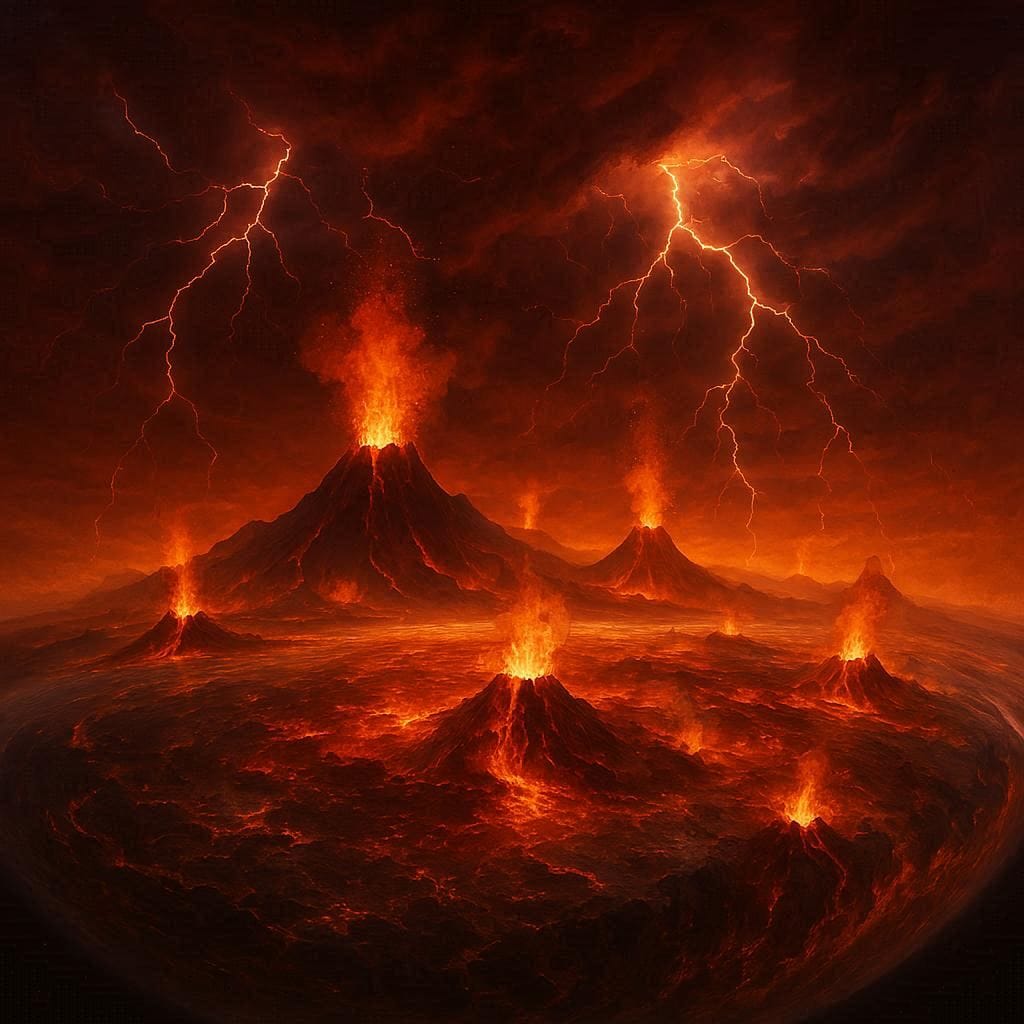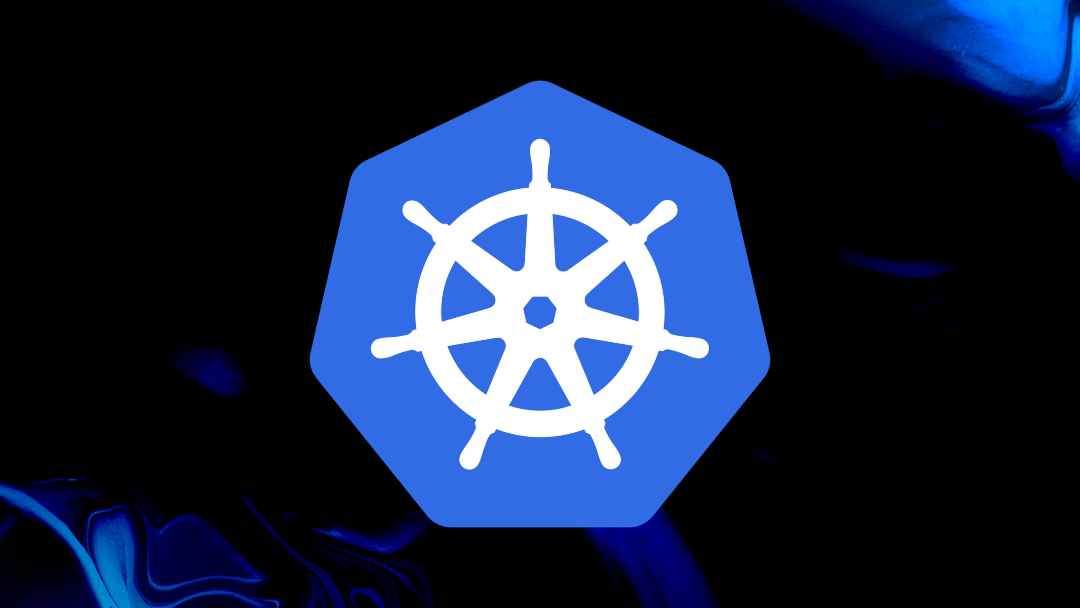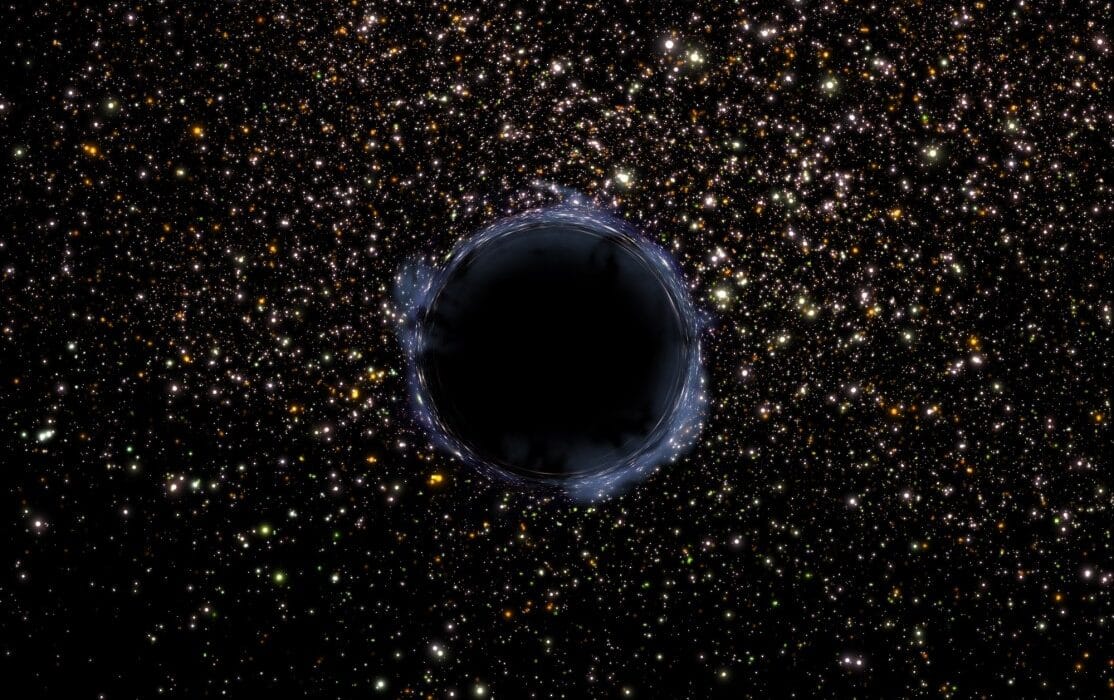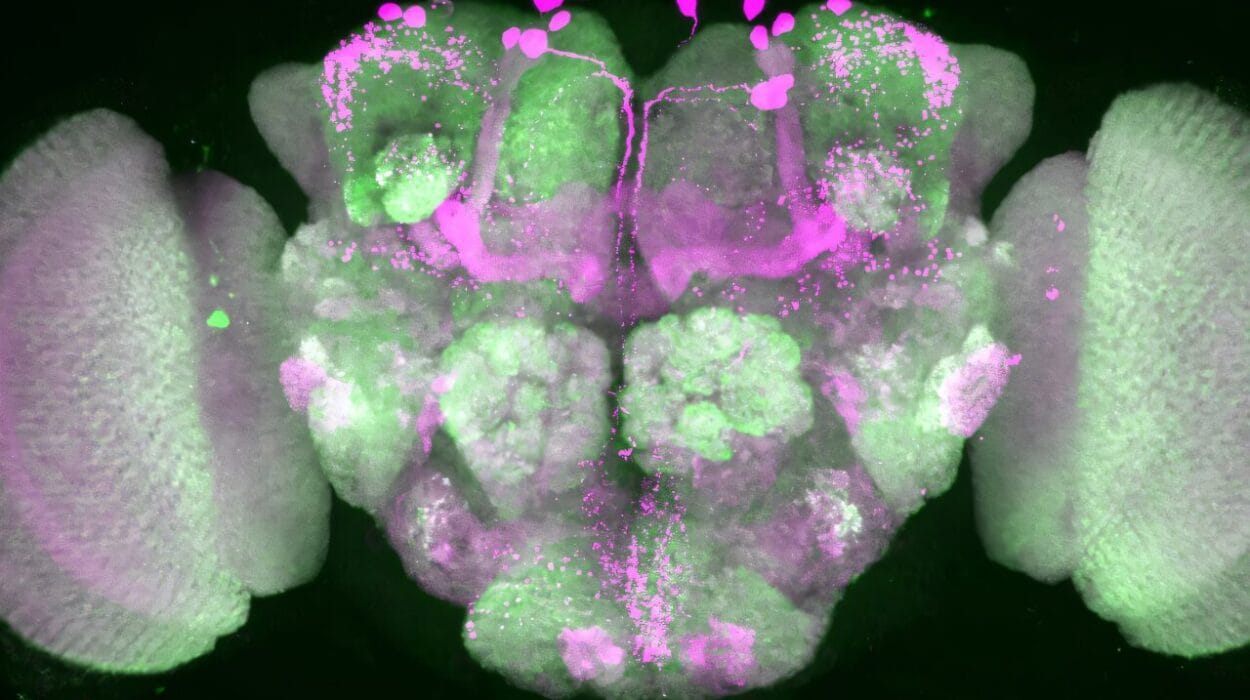Four and a half billion years ago, Earth was young. Its surface was restless with fire and water, bombarded by comets and asteroids, wrapped in a turbulent atmosphere that bore little resemblance to the air we breathe today. Lightning split the skies, volcanoes poured molten rock, and the oceans churned with unrelenting energy. There were no trees, no animals, no people—only raw chemistry sculpted by chaos.
And yet, in that primeval theater, something happened that still stirs awe and wonder: matter became alive. Molecules that once drifted aimlessly in water assembled into structures that copied themselves, harnessed energy, and evolved. From simplicity, complexity was born; from chemistry, biology emerged. This transition—from lifeless molecules to the first living cells—is perhaps the greatest mystery science has ever faced.
For centuries, the origin of life was thought to be beyond natural explanation, a miracle of divine intervention. But modern science has revealed that life, while astonishing, is not magic. It is chemistry taken to an extreme. The question, How did life begin on Earth? is not just scientific—it is existential. It speaks to who we are, where we come from, and whether life might exist elsewhere in the universe.
To explore this question is to walk the line between what we know and what we yearn to know. It is a story still unfolding, stitched together from experiments, fossils, and imagination. And it begins with Earth itself—a restless young planet that became the cradle of life.
The Early Earth: A Planet of Fire and Water
When Earth first coalesced from the dust of the solar nebula around 4.5 billion years ago, it was a hostile sphere of molten rock and violent impacts. Huge collisions with leftover planetary fragments, including the catastrophic impact that created the Moon, reshaped its surface. Temperatures soared, the crust melted and reformed, and oceans of magma cooled under a dense atmosphere of volcanic gases.
This early atmosphere bore little resemblance to the oxygen-rich air we depend on today. Instead, it was dominated by carbon dioxide, methane, ammonia, nitrogen, hydrogen, and water vapor. To a human, it would have been unbreathable, suffocating, and toxic. But to chemistry, it was fertile ground.
As the planet cooled, water vapor condensed into oceans. These oceans became vast laboratories, stirred by tides, lightning, ultraviolet radiation, and the heat of volcanoes. Into them fell countless molecules from comets and meteorites, delivering organic compounds forged in the cold of interstellar space. Earth became a crucible where cosmic chemistry met planetary energy, setting the stage for something unprecedented.
What makes life unique is not its building blocks—carbon, hydrogen, oxygen, nitrogen—but the way those building blocks are arranged and sustained. Life is chemistry with memory, chemistry with purpose. But before purpose, there had to be a beginning.
The Building Blocks of Life
The first step toward life was the creation of organic molecules—the raw ingredients of biology. These include amino acids, which form proteins; nucleotides, which form RNA and DNA; sugars, which form carbohydrates; and lipids, which form cell membranes.
In 1953, an experiment by Stanley Miller and Harold Urey electrified the scientific world. They simulated early Earth conditions by filling a sealed flask with gases thought to resemble the primordial atmosphere—methane, ammonia, hydrogen, and water vapor. Then they zapped it with electric sparks to mimic lightning. After a week, the once-clear water had turned a murky brown, filled with amino acids. From simple gases, the essential components of proteins had formed spontaneously.
This experiment demonstrated something profound: under the right conditions, simple chemistry could produce the molecules of life. Later research showed that nucleotides and lipids, too, could arise under prebiotic conditions, either on Earth or delivered by meteorites. In fact, meteorites found on Earth today contain amino acids and other organic compounds, suggesting that the universe itself is rich with life’s ingredients.
But having ingredients is not enough. A pile of bricks does not build a house by itself. The question was how these molecules assembled into something organized, something that could reproduce and evolve. The next step was the leap from chemistry to biology.
The Role of Water: The Great Solvent
Water was not just a backdrop to early life—it was a central character. Known as the “universal solvent,” water allows molecules to move, collide, and react. Its polar nature enables it to dissolve salts and organize molecules into structures. Without water, the dance of chemistry that led to life would have been impossible.
In the oceans of early Earth, organic molecules were stirred by waves, concentrated in shallow pools, and heated by hydrothermal vents at the seafloor. At these vents, mineral-rich water gushed from the crust, creating natural laboratories where gradients of heat, pH, and chemistry fostered complex reactions. Some scientists believe these hydrothermal vents may have been the very cradle of life, offering not only molecules but also energy sources to drive reactions forward.
Others imagine “warm little ponds,” shallow pools where water evaporated and refilled, concentrating molecules to the point where new structures could form. In both scenarios, water was the medium through which chance encounters of molecules turned into sustained chemistry. Life’s story is, in many ways, the story of water.
The Spark of Self-Replication
One of the defining features of life is replication—the ability to copy itself. Without replication, chemistry remains chemistry; with it, evolution becomes possible. So how did the first replicating system emerge?
For much of the 20th century, scientists assumed that proteins must have come first. Proteins, after all, are the workhorses of life, performing tasks from catalyzing reactions to building cellular structures. But proteins cannot copy themselves. DNA, the molecule of heredity, seemed a better candidate. Yet DNA is too complex and requires proteins to replicate. This created a chicken-and-egg dilemma: which came first, proteins or DNA?
The answer may lie in a third molecule: RNA. RNA, like DNA, can store genetic information. But unlike DNA, RNA can also fold into shapes that act as catalysts, speeding up chemical reactions. This dual ability led to the “RNA world” hypothesis—the idea that early life was based on RNA molecules that both carried information and replicated themselves.
Experiments have shown that short RNA sequences can, under certain conditions, copy parts of themselves. While modern life relies on proteins and DNA, it is possible that RNA was the original bridge from chemistry to biology, a molecule that learned to copy itself and evolve. From there, life could gradually become more sophisticated, eventually adopting DNA for stable information storage and proteins for efficient catalysis.
Membranes: The Birth of a Cell
Molecules alone are not enough to make life. They must be contained, separated from the chaos of the environment, yet still able to exchange energy and materials. This is where membranes enter the story.
Lipids—molecules with water-loving heads and water-fearing tails—naturally organize themselves into spheres when placed in water. These spheres, called protocells, resemble the membranes of modern cells. Within them, molecules can be concentrated, protected, and allowed to interact in ways that would not happen in open water.
Scientists have shown that simple lipids can spontaneously form protocells under conditions similar to early Earth. These protocells can even grow, divide, and in some cases, incorporate RNA. They are not alive, but they are tantalizingly close—a natural container for the chemistry of life.
The first true cells likely emerged when self-replicating RNA became enclosed within such membranes. Inside their protective walls, molecules could copy themselves with increasing efficiency. With each cycle of replication, errors introduced variation, and natural selection began its work. Chemistry had crossed the threshold into biology.
Energy: Life’s Fuel
Life does not exist without energy. Today, living organisms draw energy from sunlight, food, or chemical gradients. But how did the earliest life forms power themselves?
One possibility lies again in hydrothermal vents, where natural proton gradients exist across mineral surfaces. These gradients resemble the way modern cells produce energy, using proton flows to drive chemical reactions. Early protocells might have tapped into these natural energy sources, learning to harness flows of ions and electrons.
Another possibility is that simple molecules like hydrogen sulfide or methane served as fuels for primitive metabolic reactions. Once life found a way to extract usable energy from its environment, it could sustain itself, grow, and evolve. Energy was the spark that turned fragile protocells into persistent life forms.
The Long Road of Evolution
From the first protocells, life’s journey stretched across billions of years. The earliest life was almost certainly microbial, simple cells that replicated and competed in Earth’s oceans. Over time, they developed more complex metabolisms, including photosynthesis, which released oxygen into the atmosphere and transformed the planet.
The rise of oxygen was both catastrophic and liberating. For many early life forms, oxygen was toxic. But others adapted, harnessing it for powerful new forms of energy metabolism. This shift paved the way for larger, more complex cells—eukaryotes—with internal structures and eventually multicellular organisms.
The leap from chemistry to life was only the beginning. Evolution, guided by natural selection, shaped the diversity we see today—from bacteria to whales, from algae to humans. But at its core, all life shares the same basic chemistry, a testament to a common origin in those ancient oceans.
The Mystery Remains
Despite decades of research, no single explanation for the origin of life has yet triumphed. The RNA world is compelling, but incomplete. Hydrothermal vents offer plausible settings, but not definitive proof. Other ideas—life beginning in icy environments, on mineral surfaces, or even seeded from space—remain alive.
What is certain is that life began not as a sudden miracle, but as a gradual process. Chemistry explored possibilities until one path proved sustainable. Once replication, variation, and selection emerged, evolution became inevitable. From there, life flourished, adapting endlessly to a changing planet.
The mystery of life’s origin is not just about the past—it is about possibility. If life arose from simple chemistry here, could it do so elsewhere? On Mars, Europa, Enceladus, or distant exoplanets, the same principles may apply. The universe may be far richer with life than we dare to imagine.
The Human Connection
To ask how life began is to ask about ourselves. Every cell in your body carries a thread of that ancient chemistry. The DNA in your genome is a living fossil, a direct descendant of the first molecules that learned to copy themselves. Every heartbeat, every thought, every breath is powered by metabolic pathways that trace back billions of years.
We are, in a profound sense, chemistry come alive. The atoms in our bodies were forged in stars, assembled into molecules on a restless young planet, and through a chain of accidents and inevitabilities, became conscious beings who now look back in wonder.
Albert Einstein once said that the most incomprehensible thing about the universe is that it is comprehensible. The same could be said of life—that matter not only became alive, but alive enough to ask how it happened. To ponder the origin of life is to glimpse our place in the grand story of the cosmos.
Conclusion: From Molecules to Meaning
Life’s origin is the greatest riddle science has ever faced, and though the answers are incomplete, the progress made is staggering. From the spark of organic molecules in a chemical soup, to the first replicating RNA, to protocells that grew and evolved, the path from chemistry to biology is becoming clearer.
It is a story of emergence, where complexity arises from simplicity, where order blooms from chaos. It is a story of patience, unfolding over billions of years. And it is a story of hope, for if life can arise from chemistry on Earth, it may arise elsewhere too.
In the end, asking how life began is not only about the past—it is about the future. It is about whether we are alone, whether the universe teems with other living worlds, and whether our fragile planet is but one chapter in a cosmic narrative of life.
We do not yet know the full answer. But perhaps that is fitting. For life’s origin is not just a scientific problem—it is a mystery that binds us to the stars, to the Earth, and to each other. From simple chemistry, something wondrous began. That wonder continues in us.






